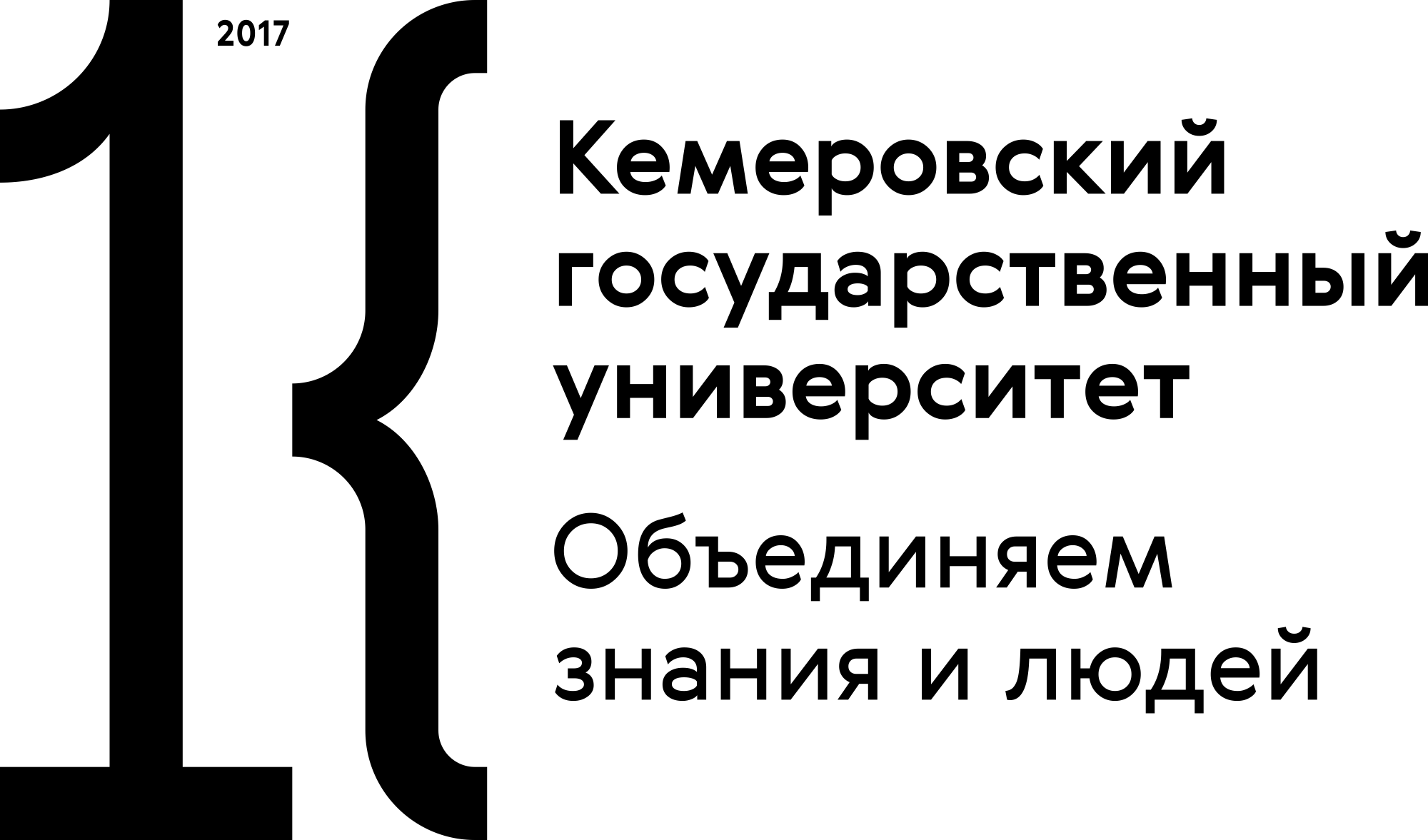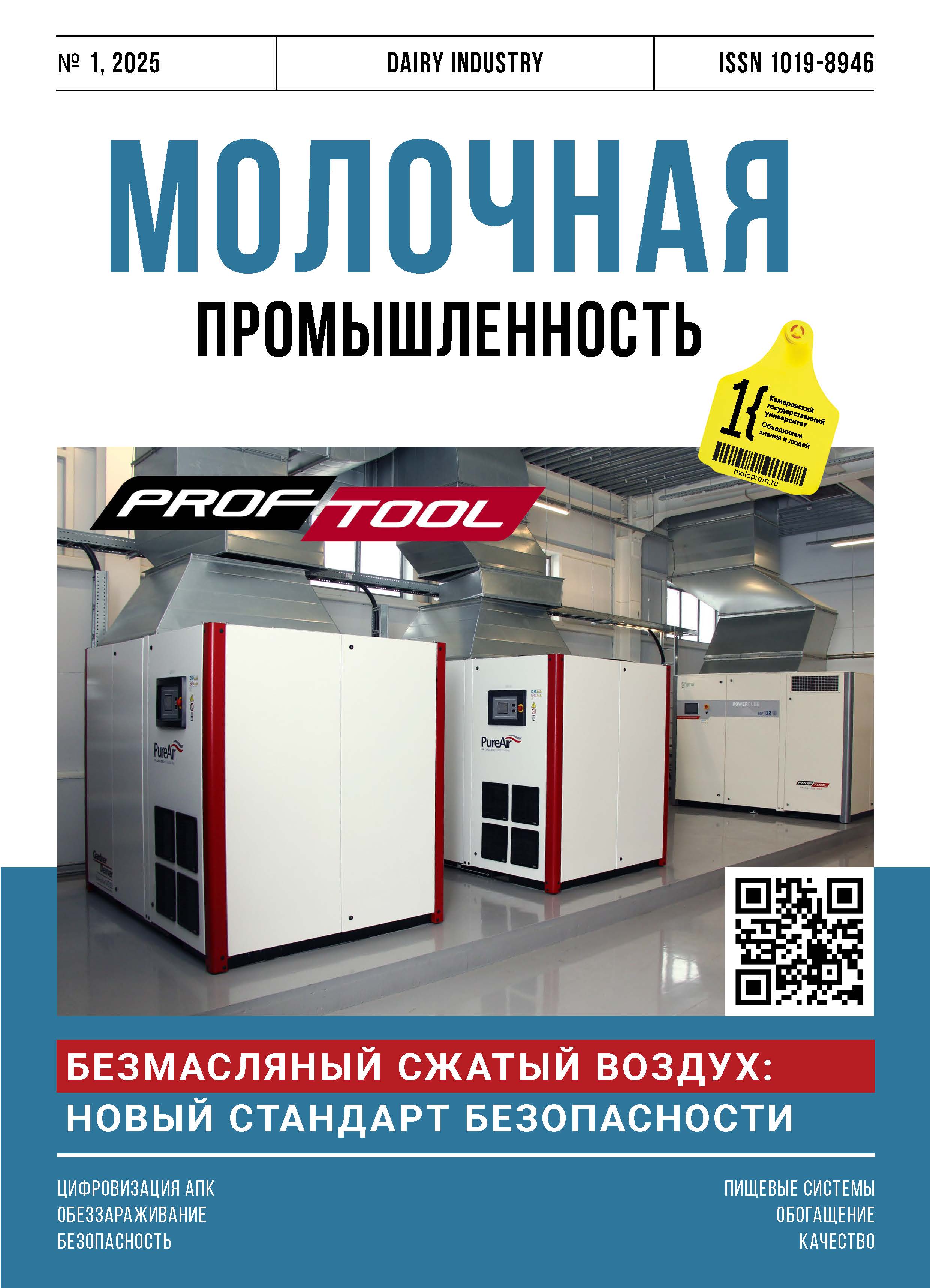Uglich, Russian Federation
Uglich, Russian Federation
Uglich, Russian Federation
Air is a potential source of mold and yeast contamination for both raw materials and finished products on industrial premises. Only regular air disinfection guarantees shelf-stable high-quality finished dairy products. Aerosol disinfectant is a popular air treatment method in the food industry. Chlorine dioxide (ClO2) is known for its strong oxidizing capacity and a wide bactericidal range of action. This research tested chlorine dioxide (8.25 and 16.5 mg/dm3) against Kluyveromyces lactis (Saccharomyces lactis) and Penicillium roqueforti. The working concentration of 0.25% chlorine dioxide (8.25 mg/dm3) demonstrated a strong bactericidal effect and 100% fungicidal action against yeast and mold cells in the air after 30 min of exposure. In case of high sanitary and hygienic requirements, e.g., sterile air, the effective concentration was 0.50% (16.5 mg/dm3). Chlorine dioxide demonstrated excellent performance as an air disinfectant for milk processing facilities.
air, decontamination, disinfection, chlorine dioxide, bactericidal performance, Kluyveromyces lactis (Saccharomyces lactis), Penicillium roqueforti, disinfectant concentration
1. Masotti, F. Airborne contamination in the food industry: An update on monitoring and disinfection techniques of air / F. Masotti [et al.] // Trends in Food Science & Technology. 2019. Vol. 90. P. 147–156. https://doi.org/10.1016/j.tifs.2019.06.006
2. Gómez-López, V. M. Chlorine dioxide for minimally processed produce preservation: a review / V. M. Gómez-López [et al.] // Trends in Food Science & Technology. 2009. Vol. 20(1). P. 17–26. https://doi.org/10.1016/j.tifs.2008.09.005
3. Gordon, G. Chlorine dioxide: the current state of the art / G. Gordon, A. A. Rosenblatt // Ozone: science & engineering. 2005. Vol. 27(3). P. 203–207. https://doi.org/10.1080/01919510590945741
4. Jeng, D. K. Chlorine dioxide gas sterilization under square-wave conditions / D. K. Jeng, A. G. Woodworth // Applied and Environmental Microbiology. 1990. Vol. 56(2). P. 514–519. https://doi.org/10.1128/aem.56.2.514-519.1990
5. Vandekinderen, I. Effects of food composition on the inactivation of foodborne microorganisms by chlorine dioxide / I. Vandekinderen [et al.] // International journal of food microbiology. 2009. Vol. 131 (2-3). P. 138–144. https://doi.org/10.1016/j.ijfoodmicro.2009.02.004
6. Van Haute, S. Chlorine dioxide as water disinfectant during fresh-cut iceberg lettuce washing: Disinfectant demand, disinfection efficiency, and chlorite formation / S. Van Haute [et al.] // LWT. 2017. Vol. 75. P. 301–304. https://doi.org/10.1016/j.lwt.2016.09.002
7. Trinetta, V. Chlorine dioxide for microbial decontamination of food // Microbial decontamination in the food industry / V. Trinetta, M. Morgan, R. Linton. – Woodhead Publishing, 2012. – P. 533–562. https://doi.org/10.1533/9780857095756.3.533
8. Sorlini, S. Influence of drinking water treatments on chlorine dioxide consumption and chlorite/chlorate formation / S. Sorlini [et al.] // Water research. 2014. Vol. 54. P. 44–52. https://doi.org/10.1016/j.watres.2014.01.038
9. Feliziani, E. Disinfecting agents for controlling fruit and vegetable diseases after harvest / E. Feliziani [et al.] // Postharvest Biology and Technology. 2016. Vol. 122. P. 53–69. https://doi.org/10.1016/j.postharvbio.2016.04.016
10. Lindsay, D. Differential efficacy of a chlorine dioxide‐containing sanitizer against single species and binary biofilms of a dairy‐associated Bacillus cereus and a Pseudomonas fluorescens isolate / D. Lindsay [et al.] // Journal of Applied Microbiology. 2002. Vol. 92(2). P. 352–361. https://doi.org/10.1046/j.1365-2672.2002.01538.x
11. Ran, Y. Chlorine dioxide generation method and its action mechanism for removing harmful substances and maintaining quality attributes of agricultural products / Y. Ran, C. Qingmin, F. Maorun // Food and bioprocess technology. 2019. Vol. 12. P. 1110–1122. https://doi.org/10.1007/s11947-019-02279-x
12. Lowe, J. J. Impact of chlorine dioxide gas sterilization on nosocomial organism viability in a hospital room / J. J. Lowe [et al.] // International journal of environmental research and public health. 2013. Vol. 10(6). P. 2596–2605. https://doi.org/10.3390/ijerph10062596
13. Luftman, H. S. Chlorine dioxide gas decontamination of large animal hospital intensive and neonatal care units / H. S. Luftman [et al.] // Applied Biosafety. 2006. Vol. 11(3). P. 144–154. http://doi.org/10.1177/153567600601100306
14. Lowe, J. J. Evaluation of ambulance decontamination using gaseous chlorine dioxide / J. J. Lowe [et al.] // Prehospital Emergency Care. 2013. Vol. 17(3). P. 401–408. https://doi.org/10.3109/10903127.2013.792889
15. Wang, T. Kinetics of inactivation of Bacillus subtilis subsp. niger spores and Staphylococcus albus on paper by chlorine dioxide gas in an enclosed space / T. Wang [et al.] // Applied and Environmental Microbiology. 2016. Vol. 82(10). P. 3061–3069. https://doi.org/10.1128/AEM.03940-15






